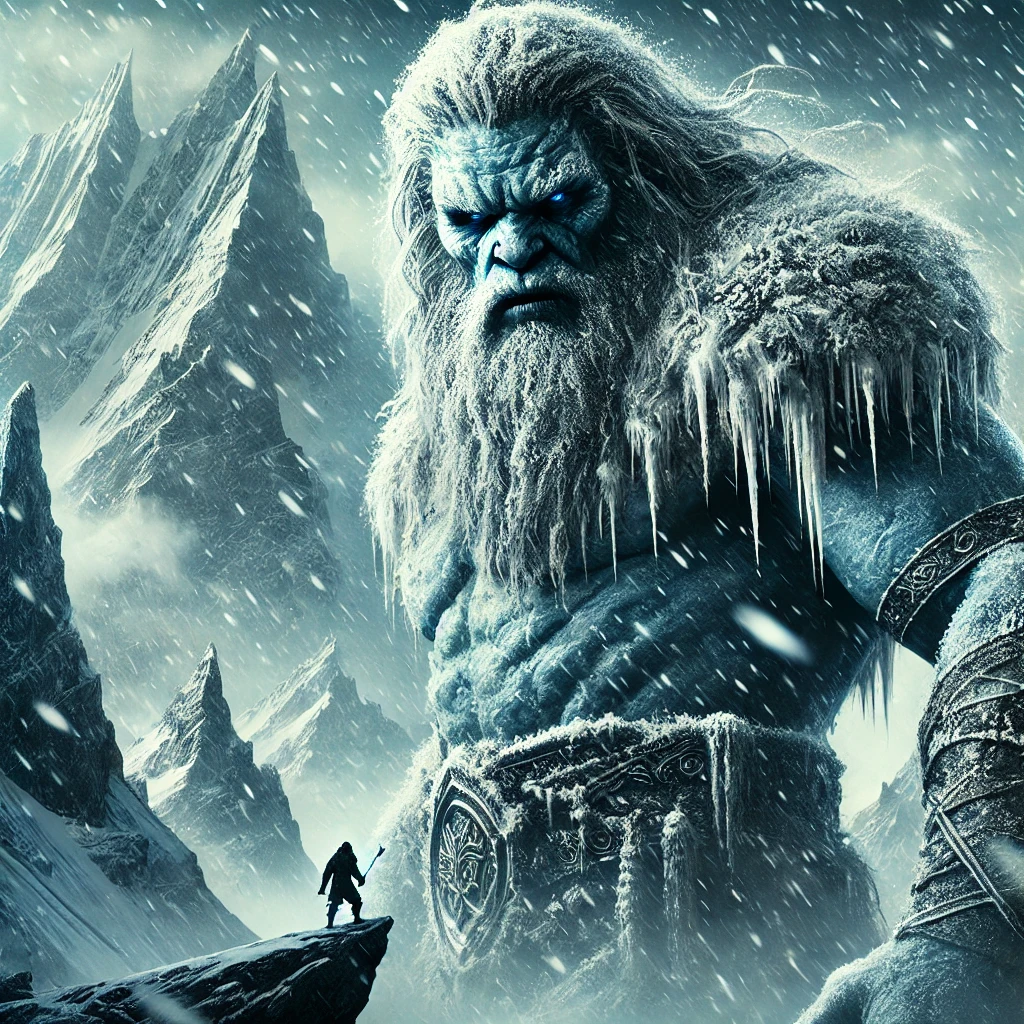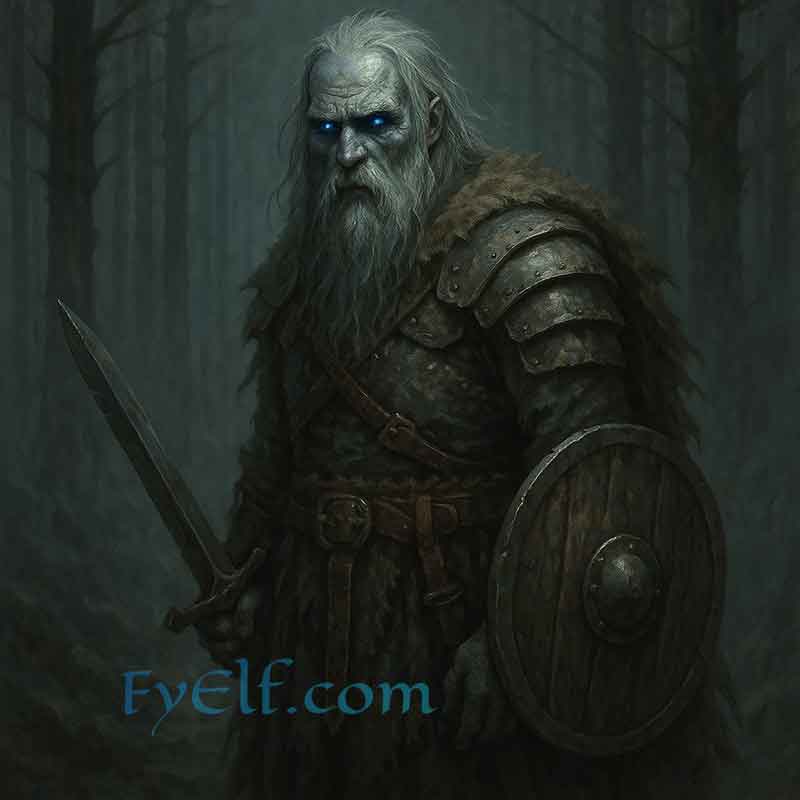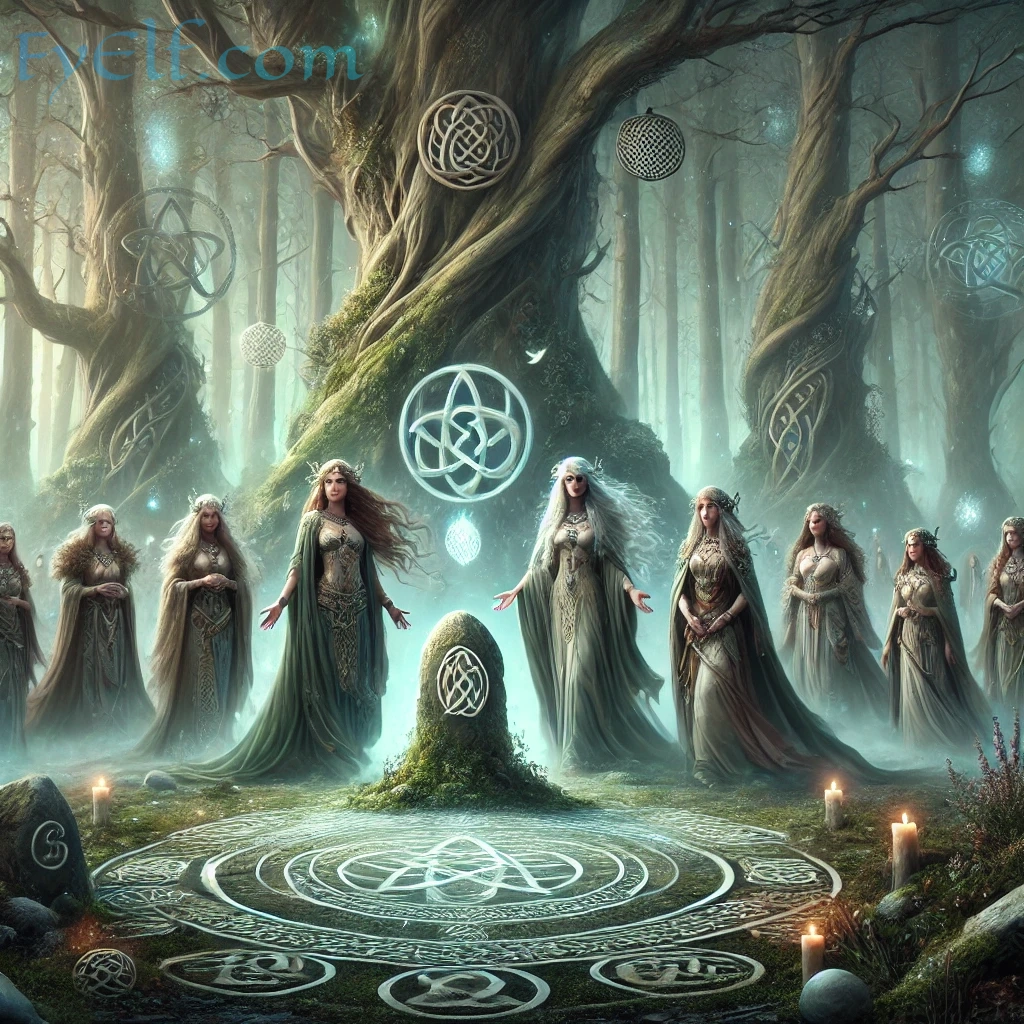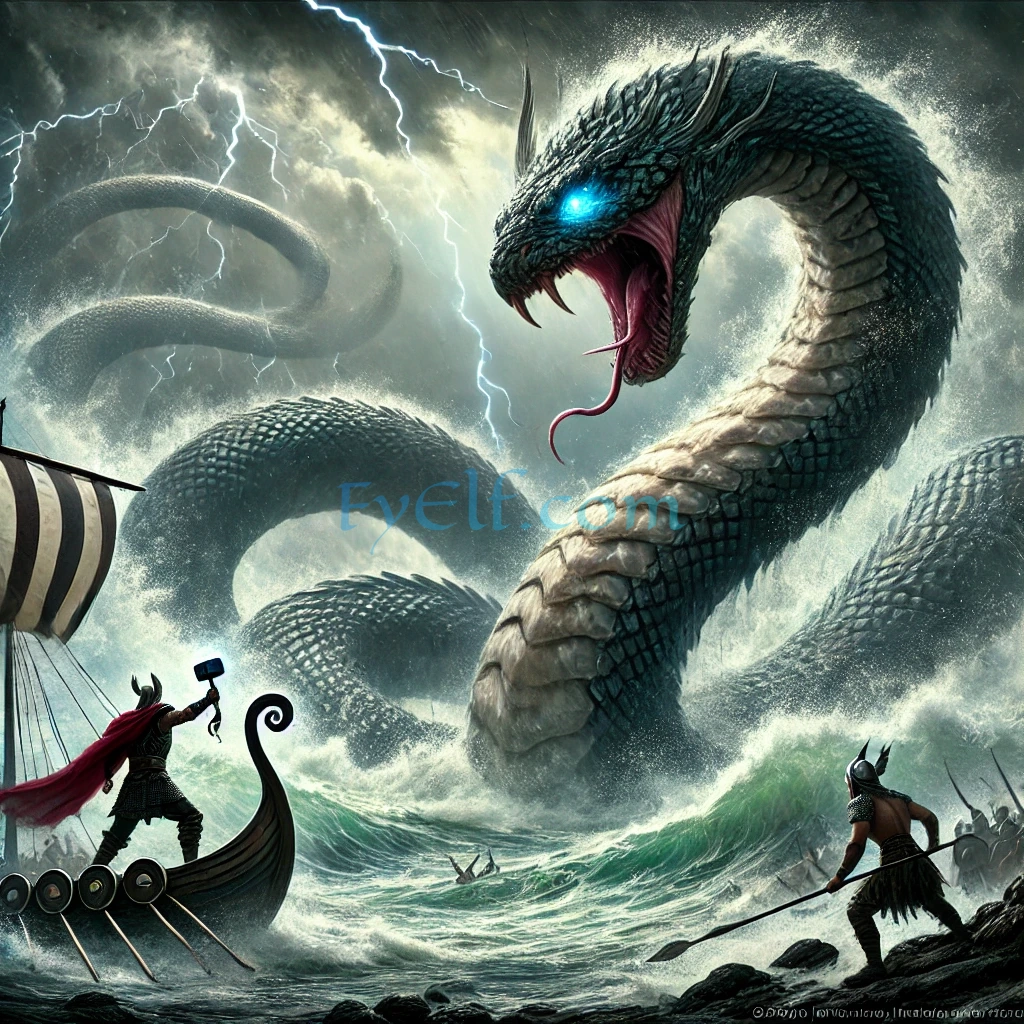In Norse mythology, giants, or Jötnar, represent some of the most powerful and fearsome beings. They embody the forces of chaos, nature, and destruction, often existing in direct opposition to the gods. Yet, their complex relationship with the gods reveals much more than just conflict. Giants are essential to the Norse cosmology, with roles that span from the creation of the universe to its inevitable destruction during Ragnarok.
Origins of the Jötnar
The Jötnar trace their ancestry back to Ymir, the primordial giant from whom the world was born. According to Norse creation myths, Ymir’s body was used to craft the realms: his flesh formed the earth, his blood became the oceans, and his bones shaped the mountains. Ymir’s descendants, the giants, dwell in Jötunheimr, one of the nine realms, and remain a constant source of tension for the gods of Asgard.
Giants in Norse mythology are not merely creatures of immense size; they symbolize the untamable forces of nature. From raging storms to icy glaciers, they embody the unpredictability and danger inherent in the natural world. Unlike the gods, who strive for order and balance, the giants represent chaos and destruction, a necessary balance to the cosmos.
Types of Giants in Norse Mythology
- Frost Giants (Hrímþursar):
- Frost Giants are among the most well-known in Norse mythology, associated with the biting cold and fierce winters of the north. They reside in Jötunheimr, a realm of ice and frost. Their unpredictable and often hostile nature puts them in conflict with the gods, particularly Thor, who is known for his battles with these giants.
- Notable Frost Giant: Ymir, the first of the Frost Giants and the progenitor of all giants, played a pivotal role in the Norse creation myth.
- Fire Giants (Eldjötnar):
- The Fire Giants live in the realm of Muspelheim, a land of heat and flame. They are destined to play a crucial role during Ragnarok, the end of the world. Fire Giants represent the destructive forces of fire, and their leader, Surtr, will set the world ablaze at Ragnarok.
- Notable Fire Giant: Surtr, the lord of Muspelheim, will wield his flaming sword to destroy the world during the final battle.
- Mountain Giants (Bergsrísi):
- Mountain Giants are less prominent than their fiery or frosty counterparts but are deeply connected to the landscape of Norse mythology. These beings represent the formidable and enduring strength of the mountains.
- Notable Mountain Giant: Skrymir, a giant encountered by Thor on his travels, represents the immense strength and stubbornness of these earth-bound beings.
The Complex Relationship Between Giants and Gods
Although the Jötnar are often at odds with the gods, their relationship is not entirely hostile. Giants and gods frequently intermarry and produce offspring who play crucial roles in the mythology. For example, the trickster god Loki is himself a giant but is counted among the gods of Asgard. Loki’s complex lineage and his relationship with the giants and gods exemplify the tangled alliances between these two forces.
Furthermore, many giants, despite their chaotic nature, possess great wisdom. For example, the giant Mimir is the guardian of a well of wisdom and is consulted by Odin, the Allfather, when the gods seek knowledge.
Giants in Ragnarok: The End of the World
The Jötnar play a critical role in the apocalypse of Norse mythology, known as Ragnarok. During Ragnarok, the giants will join forces with the enemies of the gods to bring about the destruction of the world. Surtr, the fire giant, will lead the charge, setting the world ablaze with his flaming sword. This final battle will see the death of many gods, including Thor and Odin, and the world will sink into the sea, only to be reborn in a new cycle.
Jörmungandr, the Midgard Serpent, a child of Loki and a giantess, will also rise from the depths of the ocean during Ragnarok. In a final confrontation, Thor will battle Jörmungandr, slaying the serpent but succumbing to its poison shortly afterward.
This apocalyptic event demonstrates the indispensable role of giants in the Norse cosmology. They are not merely antagonists but rather essential players in the cyclical nature of creation and destruction. The world, as it is known, must be destroyed so that a new one can rise from the ashes.
Symbolism of Giants in Norse Mythology
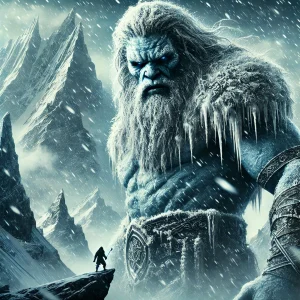
The Jötnar symbolize more than just physical strength and destruction. They are representations of the untamable forces of nature, from the destructive power of fire to the harsh cold of winter. Their existence reflects the Norse understanding of the world as a balance between chaos and order, with the gods striving to maintain balance, while the giants represent the forces that threaten that harmony.
Yet, the giants are not inherently evil. They are simply a part of the natural order, existing as a counterbalance to the gods’ desire for structure and stability. Their role in Ragnarok, while devastating, is necessary for the renewal of the world.
Conclusion: The Enduring Legacy of the Jötnar
The giants of Norse mythology, or Jötnar, are more than just monstrous antagonists—they are integral to the Norse understanding of the universe. Their dual nature as both creators and destroyers reflects the complex relationship between order and chaos, a theme that runs throughout Norse myths. Whether as enemies of the gods or reluctant allies, the giants hold a central place in the myths, from the dawn of creation with Ymir to the cataclysmic events of Ragnarok.
As figures that embody the wild, untamable forces of nature, the Jötnar continue to capture the imagination of those who study and admire Norse mythology today. Their stories remind us that chaos and destruction are not to be feared, but are necessary forces in the cycle of life and rebirth.
